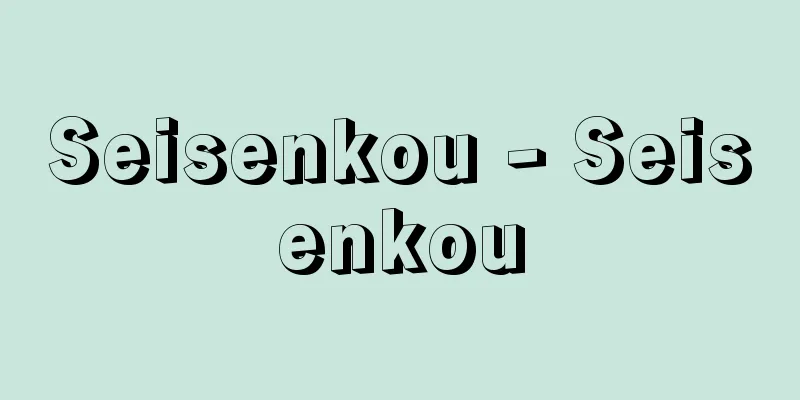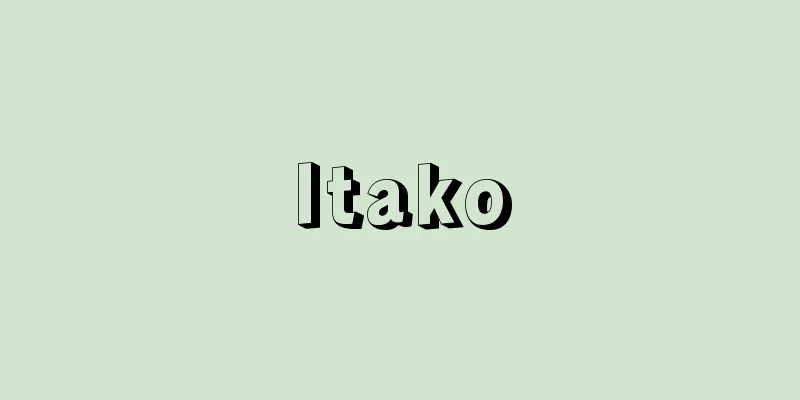Jumping letters - Odoriji

|
A symbol indicating the repetition of the same character. It is also written as dancing character, and in the past it was called jiyoji (folding character) or emphasis. Currently, 々 and 〉 are used in kanji, and ゝ and 〉 are used in kana. In China, something like ゝ and 〉 have been used since ancient times to indicate the repetition of kanji, written as 営, 多感謝, 多感謝, and 多感謝, and in Japan, it is written as ハ魯尓 (harobaroni) in old copies of the Nihon Shoki. This repetition symbol is also used in kana characters, with ゝ for one character, and 〉 and 〉 or various other similar symbols used for two or more characters, but after the Kamakura period it became the same as the current form. Source: Heibonsha World Encyclopedia, 2nd Edition Information |
|
同じ字の繰返しであることを示す符号。踊字とも書き,古くは畳字(じようじ),重点などといった。現在,漢字では〈々〉〈〉を用い,仮名では〈ゝ〉〈〉を用いる。中国で漢字の繰返しに〈ゝ〉〈〉のようなものを古代から用い,〈営〉〈多謝〉〈多謝〉のように書いたが,日本でも《日本書紀》の古写本などに〈波魯尓〉(はろばろに)のように書かれている。この反復符号がかな文字にも用いられ,1字の場合は〈ゝ〉,2字以上の場合は〈〉〈〉またはそれと類似の形の種々の記号が用いられたが,鎌倉時代以後は現在の形と同一になった。
出典 株式会社平凡社世界大百科事典 第2版について 情報 |
<<: Undercover operation - undercover operation
Recommend
Schistosoma mansoni
…Japanese avian encephalopathy [Shomei Kojima]. …...
Senkokufu - Senkokufu
Labor duties imposed by the government in the earl...
Hamao Umezawa
Microbial chemist. A world-renowned figure in Jap...
Peronismo (English spelling)
An Argentine political movement named after its fo...
Epidendrum prismatocarpum - Epidendrum prismatocarpum
…It is widely distributed in Latin American count...
Gaurisankar [Mountain] - Gaurisankar
A high peak in the eastern Himalayas on the border...
Hornussen
…Other medieval jousting games include the Bavari...
Shigenobu Okuma
A politician of the Meiji and Taisho periods. Bor...
Credit - Shinyo (English spelling)
Generally speaking, it means trust or confidence,...
Free tune - Jyuuritsu
In tanka and haiku, this style has a free rhythm ...
Stone ground - Ishiji
This area is part of Nishiyamacho, Kashiwazaki Ci...
Kikutei
…The family name may have come from the fact that...
NLA - Number one eleven
→Neurorep anesthesia Source: Shogakukan Encyclope...
Kim Hong-do (English spelling)
[Born] Yeongjo 21 (1745) / Yeongjo 36 (1760) [Dead...
Heterothermy - Ionsei
A warm-blooded animal whose body temperature varie...









